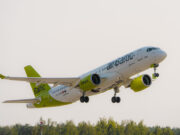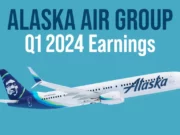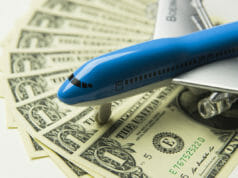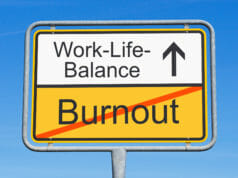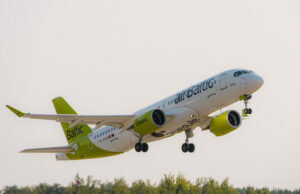
Pilots flying fatigued has become a major focal point for the FAA in recent years. As a result, new regulations have arised to help combat fatigue flying. Airlines have absorbed the responsibility of their tired pilots, resulting in company-specific programs to supplement the FAA’s new FAR 117 rest rules. While these advancements have made positive changes throughout the industry, the specifics of fatigue calls still vary in nature between individual airlines. Differences in committee structure, reporting procedures, and compensation are contributing factors in whether or not a pilot decides to call in fatigued. Generally, if an airline has a fatigue system in place, it will consist of a review committee. This committee traditionally has representatives from both the company and the union, with the size of the entire committee varying. Most airlines will utilize two to three representatives. Upon calling in fatigued, pilots will be granted a hotel and/or released from duty and their rest will comply with FAR 117 rest rules. If a pilot called in fatigued at his/her home base, the company most likely will not furnish a hotel. If the pilot calls fatigued during the middle of a trip, and he/she still has working days left, he/she may be required to continue flying after receiving proper rest. Usually pilots are allowed to deadhead, or travel as a passenger, back to their base or home of record. A pilot who calls in fatigued will have to document the fatigue call in some manner. Most airlines use an electronic method, but some require the documentation to occur by phone. The due date of the fatigue report varies, with most airlines allowing 24 hours after trip termination for a pilot to submit the report. Variances exist, such as 48 hours after trip termination or 72 hours after the fatigue call was made. Although not frequent, some airlines will also require a sleep history of the pilot, with this report usually due two weeks or so after the fatigue call. Compensation for reporting fatigue is vital and, unfortunately, ultimately a leading factor in how a pilot assesses if he/she is fatigued. This varies significantly between airlines, with most airlines providing some sort of compensation wen a pilot calls out fatigued. Most airlines will pay protect a pilot for any flying on his/her schedule before the fatigue call was made. Certain airlines may furthermore provide pay protection for flying originally scheduled for the pilot, but if the pilot is found to be at fault for their fatigue the pay protection may be revoked. Furthermore, if compensation is received, it may be paid out from different sources. For most airlines, compensation provided by fatigue calls will be paid out of a sick bank or paid-time off (PTO) bank. There are a couple of regional airlines out there that provide compensation without reducing a pilot’s sick bank or PTO bank. Lastly, the fatigue management system put in place by each airline is generally directed by the company’s management team. Companies have provided different forms of information for the fatigue system in place. Some airlines publish a Memorandum of Understanding (MOU), while others have dedicated pages on the company website. Others have been reported to make little information readily available for pilots. Governance of the fatigue management system is ultimately at the discretion of the management team and union officials to oversee the system. While pilots are protected from flying fatigued under FAR 117, the individual company’s procedures may determine whether a pilot actually feels fatigued enough to make the call.












